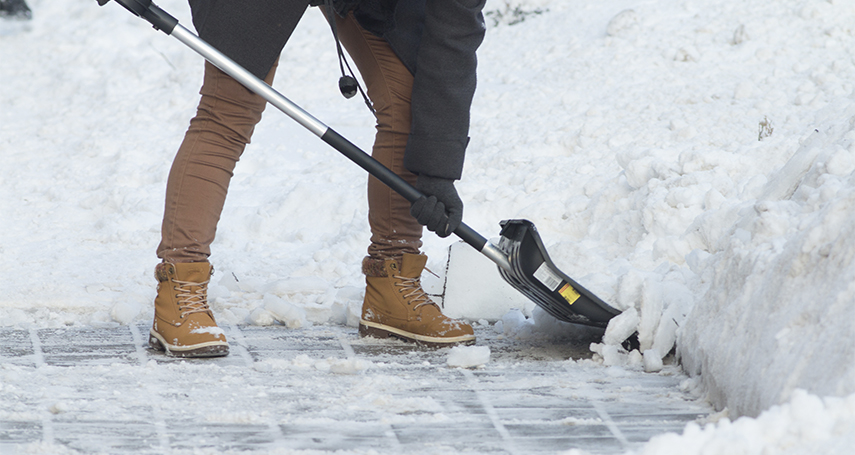Be aware of heart attack symptoms while shoveling snow
Metro Wire Staff
The official first day of winter is Dec. 21.
Driveways and walkways will soon be coated in a thick blanket of snow as people reach for their shovels to do what some consider a dreaded chore.
As big winter storms leave a number of Midwesterners with several inches of snow to clear, many will find themselves removing pounds of snow this year. However, this annual task can put some at risk of a heart attack.
Shoveling snow is a big snow removal task and takes a large amount of energy. Snow removal can turn into high-intensity exercises that use all major muscle groups incorporating strength, cardio, and endurance.
Sudden exertion, such as shoveling hundreds of pounds of snow or even pushing a heavy snow blower after being sedentary for several months, can put a big strain on the heart.
“Many don’t realize that shoveling snow can be an extremely physically demanding task that some people’s bodies just aren’t ready to handle. Instead of daily trying to walk or run a mile, many people are suddenly jumping into a marathon. They go beyond what they are capable of doing and because of that they develop a lack of blood flow to the heart and have a heart attack,” said Daniel Krause, DO, Aspirus cardiologist, in a news release.
Those most at risk of experiencing a heart attack while shoveling are people over the age of 60; people with a history of heart disease or underlying heart conditions; those with high blood pressure or diabetes; and those who have experienced a previous heart attack.
“If you develop shortness of breath or extreme exhaustion, you need to take a break and come back to the tasks later,” Krause added. “If you continue to have symptoms like shortness of breath or chest pain after three to five minutes, call 911 or visit the nearest emergency room.”
For those who find shoveling snow to be too strenuous for the body, don’t be afraid to reach out to a friend or relative for help.
“Snow removal may be a necessary task, but it’s not worth having a heart attack over,” Krause added.
National Safety Council recommends the following tips to shovel safely this winter.
- Do not shovel after eating or while smoking
- Take it slow and stretch out before you begin
- Shovel only fresh, powdery snow; it’s lighter
- Push the snow rather than lifting it
- If you do lift it, use a small shovel or only partially fill the shovel
- Lift with your legs, not your back
- Do not work to the point of exhaustion
- Know the signs of a heart attack, if symptoms occur stop immediately and call 911
According to the Centers for Disease Control, the major signs of a heart attack are:
- Chest pain or discomfort. Most heart attacks involve discomfort in the center or left side of the chest that lasts for more than a few minutes or that goes away and comes back. The discomfort can feel like uncomfortable pressure, squeezing, fullness, or pain.
- Feeling weak, light-headed, or faint. You may also break out into a cold sweat.
- Pain or discomfort in the jaw, neck, or back.
- Pain or discomfort in one or both arms or shoulders.
- Shortness of breath. This often comes along with chest discomfort, but the shortness of breath also can happen before chest discomfort.

